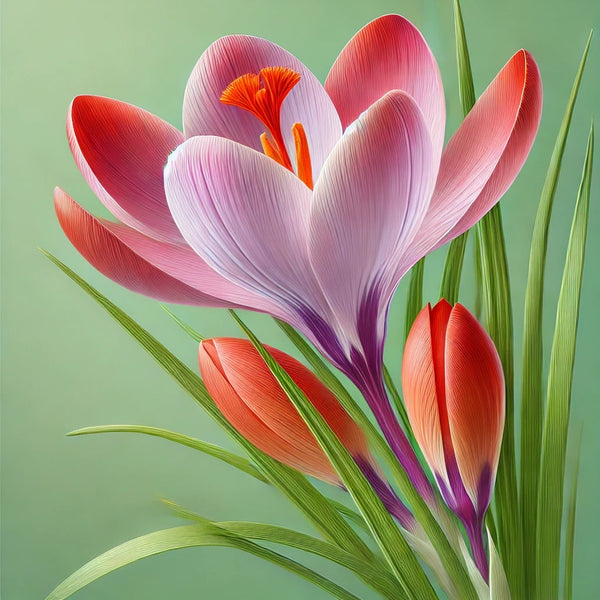1
/
of
17
Pignut Hickory-Deciduous Tree-Wildlife Habitat 2-2.5" cal B&B
Pignut Hickory-Deciduous Tree-Wildlife Habitat 2-2.5" cal B&B
Regular price
$1,196.00 USD
Regular price
$1,554.80 USD
Sale price
$1,196.00 USD
Unit price
/
per
Shipping calculated at checkout.
SKU:nts1787-redcrocus
Couldn't load pickup availability
Carya glabra
Description
Carya glabra, commonly known as Pignut Hickory, is a deciduous tree native to eastern North America. It is known for its strong, durable wood and attractive foliage. The tree typically grows to a height of 50-80 feet and produces small, bitter nuts that are a food source for wildlife.
Suggested Uses
Pignut Hickory is ideal for use in large landscapes, parks, and naturalized areas. It is valued for its shade and as a wildlife habitat. The wood is often used in furniture making and as firewood due to its high heat output.
Plant Details
-
 Botanical Name: Carya glabra
Botanical Name: Carya glabra -
 Common Name: Pignut Hickory
Common Name: Pignut Hickory -
 Size & Growth: 50-80 feet tall
Size & Growth: 50-80 feet tall -
 Hardiness Zones: 4-9
Hardiness Zones: 4-9 -
 Foliage Type: Deciduous
Foliage Type: Deciduous -
 Bloom Time: Spring
Bloom Time: Spring -
 Growth Rate: Medium
Growth Rate: Medium -
 Light Requirements: Full sun to partial shade
Light Requirements: Full sun to partial shade -
 Attracts Pollinators: Yes
Attracts Pollinators: Yes -
 Indoor Friendly: No
Indoor Friendly: No -
 Container Friendly: No
Container Friendly: No -
 Deer Resistant: Yes
Deer Resistant: Yes -
 Pet Warning: Nuts can be toxic if ingested in large quantities
Pet Warning: Nuts can be toxic if ingested in large quantities -
 Fragrant: No
Fragrant: No -
 Cut Flower: No
Cut Flower: No -
 Grows Well With: Oak, Maple, and other native hardwoods
Grows Well With: Oak, Maple, and other native hardwoods
Care Tips
-
 Planting Instructions: Plant in well-drained soil in a sunny location
Planting Instructions: Plant in well-drained soil in a sunny location -
 Soil Moisture: Moderate
Soil Moisture: Moderate -
 Soil Type: Prefers loamy, sandy, or clay soils
Soil Type: Prefers loamy, sandy, or clay soils -
 Humidity: Tolerates a range of humidity levels
Humidity: Tolerates a range of humidity levels -
 Pruning Instructions: Prune in late winter to maintain shape and remove dead branches
Pruning Instructions: Prune in late winter to maintain shape and remove dead branches -
 Winter Care: Mulch to protect roots in colder zones
Winter Care: Mulch to protect roots in colder zones -
 Planting Depth: Plant at the same depth as in the nursery container
Planting Depth: Plant at the same depth as in the nursery container -
 Fertilization: Apply a balanced fertilizer in early spring
Fertilization: Apply a balanced fertilizer in early spring -
 Special Care: Monitor for pests such as hickory bark beetle
Special Care: Monitor for pests such as hickory bark beetle
Share


































